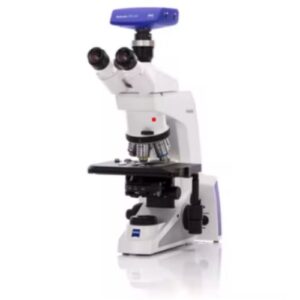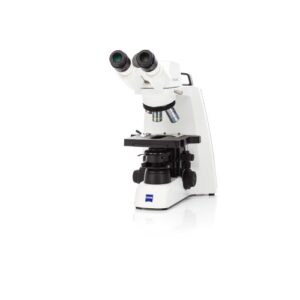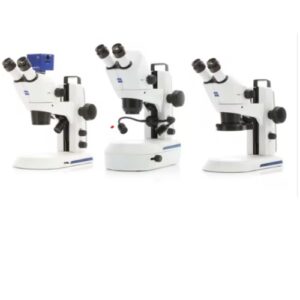Did you know that the very first microscope was invented in 1600? Back then, microscopes were quite rudimentary and were nowhere near as powerful as the microscopes we have available to us today. Today, we have all sorts of powerful microscopes at our disposal such as electron microscopes, compound microscopes, and so on.
But what is a compound microscope exactly? How does it differ from any other type of microscope? Why should you use this particular type over another?
Keep reading and learn more about the nuances of a compound microscope and how it can be beneficial in a variety of situations.
What Is a Compound Microscope?
While there are a few different variations of compound microscopes, they are all more or less the same. This type of microscope is also known as a biological microscope. As the name suggests, this is a type of microscope that is usually used to closely examine biological samples such as skin, blood, plant matter, and other cells that come from organic sources.
Of course, this type of microscope can also be used for other things, but in general, it is often used for biological specimens. This kind of microscope is quite powerful, and it comes with a variety of lenses known as compound lenses (hence the name compound microscope). There is first the objective lens which, on its own, can magnify from 4x, 10x, 40x, and 100x.
The exact number of times it can magnify will depend on the power of the individual microscope. Some models are designed to be much more powerful (or weaker) than others. Besides the objective lens, there is also the eyepiece lens.
This eyepiece lens will multiply the magnification of the objective lens by 10x. This is usually the case, although in some cases, the eyepiece lens may multiply the objective lens by a number other than 10. Whatever the case, it is essential that these two lenses go together.
The Details
While the objective lens alone can magnify a specimen by quite a lot, by multiplying that magnification by 10 with the eyepiece lens, you can imagine that whatever you are looking at will become much clearer and more detailed. This is very important when looking at specimens that are very small or detailed.
But it isn’t just these two parts of the microscope that work together to create a clear and impressive image. Using a compound microscope also involves a condenser. A condenser is a device beneath the stage of the microscope, the stage being the flat part that is designed to hold the specimen.
The condenser is designed to condense and direct light through the bottom and out the top of the stage. This will allow the specimen on the stage to receive plenty of light. The light will even go through the specimen as long as it is thin enough.
This is essential because, without that powerful light, it would be impossible to visualize the specimen properly. Instead, it would just look like a blob of blackness which, of course, wouldn’t be very helpful during analysis. But there is still more to consider when it comes to this kind of microscope.
What Are the Uses of a Compound Microscope?
As mentioned before, a compound microscope is a type of biological microscope. For that reason, it is only natural that this microscope is often used for biological specimens. You will not only find this type of microscope in labs but also in schools and workplaces that require people to analyze biological samples.
This kind of microscope can visualize all sorts of biological samples. For example, this microscope can be very helpful for visualizing skin samples, hair, plant tissue, blood, biopsy samples, and more. This, of course, is important for understanding more about the specimen in question, especially when testing for things like cancer or other cellular abnormalities.
But besides directly visualizing biological samples, this microscope is also good when certain samples need to be colored and categorized in a certain way. For example, consider a phase contrast microscope which is a type of compound microscope. This type of microscope is designed to use what is known as a phase contrast objective lens.
What You Need to Know
This lens is more or less the same as any other objective lens, and it is designed for magnification. But besides that, it is also designed to bring out plenty of contrast in a sample. This is important because this type of contrast doesn’t involve any actual dyes but just the lighting and lenses in the microscope.
This sort of microscope is perfect for taking a close look at blood cells, bacteria, and other small cells that require careful and close visualization. Another type of compound microscope is a polarizing microscope. This kind of microscope is usually designed to take a close look at certain chemicals that may be used throughout the pharmaceutical industry.
Besides that, this microscope can be used to examine minerals or geological samples. Whatever the case, compound microscopes, in general, are known to be one of the most versatile types of microscopes around.
All About the Compound Microscope
What is a compound microscope? This type of microscope comes in many different forms, although most of the forms work more or less in the same way. This microscope is usually designed to look at biological samples, although some variations may be better suited to other types of samples like minerals or pharmaceutical chemicals.
Whatever the case, this microscope is great for all sorts of things. Learn more about the Axiolab 5 microscope for biology.




